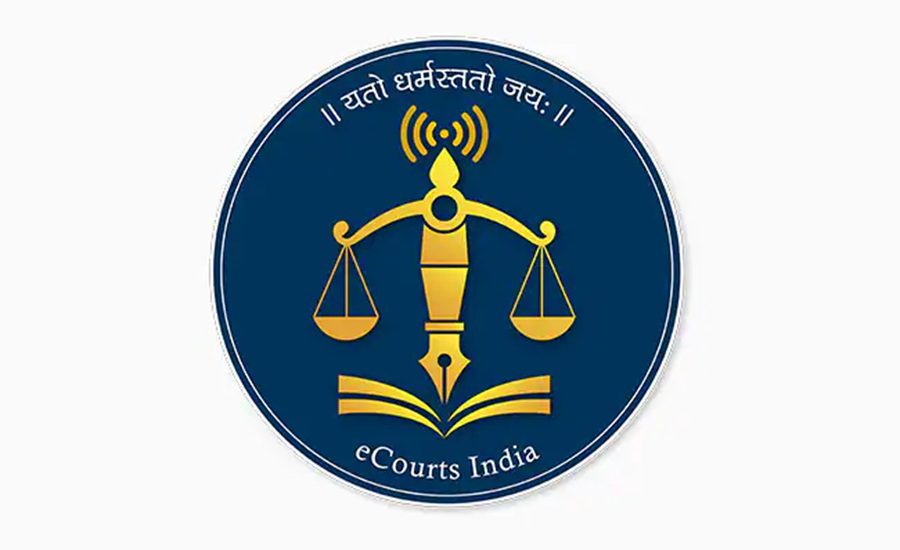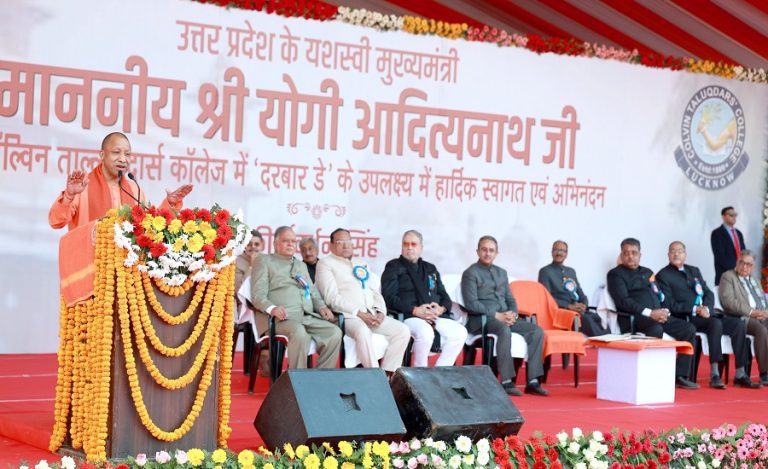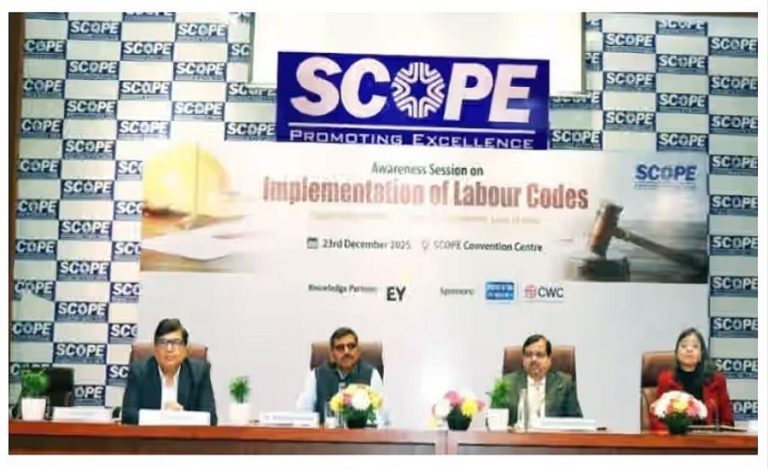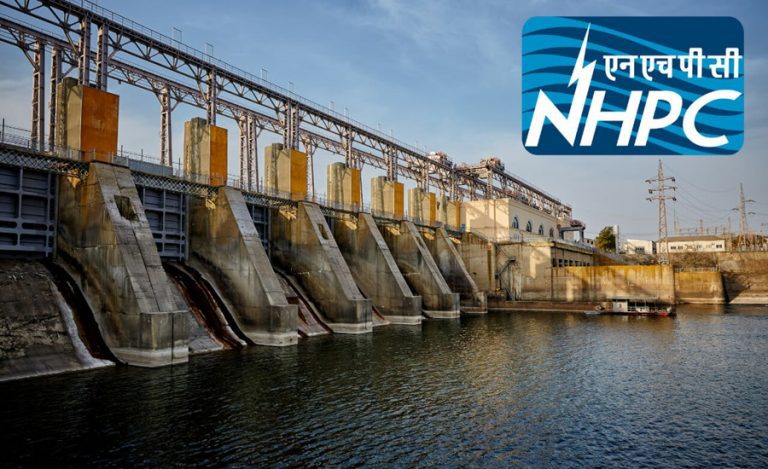New Delhi: In a major push towards accessible and efficient justice delivery, the Government of India has significantly expanded both physical and digital infrastructure for the judiciary. The Department of Justice, under the Ministry of Law and Justice, is implementing two flagship schemes; the Centrally Sponsored Scheme (CSS) for physical infrastructure and the e-Courts project under the National e-Governance Plan to modernise India’s judicial ecosystem.
From the construction of court halls and residential quarters to the development of e-Filing platforms and virtual courts, the Centre is driving a technology-led judicial transformation.
Infrastructure Boost Since 2014
The CSS for Development of Infrastructure Facilities for Judiciary, launched in 1993-94, supports state governments with funding for court halls, residential units, lawyer halls, digital rooms, and sanitation facilities. Since inception, ₹12,101.89 crore has been allocated, with a substantial ₹8,657.59 crore (71.54% of the total) disbursed after 2014-15.
In this period, the number of court halls rose from 15,818 to 22,372 (a 41.43% increase), while residential units surged from 10,211 to 19,851—nearly doubling at 94.4%.
Maharashtra alone has received ₹1,099.83 crore under the scheme, including ₹700.17 crore since 2014-15. The state currently has 2,503 court halls and 2,202 residential units, with 560 court halls and 144 residences under construction. For FY 2025-26, ₹28.06 crore has been earmarked for Maharashtra.
e-Courts Project: Phase III Accelerates Digital Integration
Running since 2007, the e-Courts project has entered its third phase (2023–2027), backed by a ₹7,210 crore outlay. This mission-mode initiative targets the complete digital transformation of court functions—streamlining processes for judges, lawyers, and litigants alike.
One of the key components is the scanning and digital preservation of case files. As of June 30, 2025, a staggering 213.29 crore pages in High Courts and 307.89 crore pages in District Courts have already been digitised. A specialised software has also been developed for record preservation, while the launch of Digital Courts 2.1 is enabling paperless proceedings.
e-Filing, e-Payment & Citizen-Friendly Platforms
To improve access and efficiency, e-Filing version 3.0 has been rolled out with enhanced features for remote access and document uploads by lawyers. The introduction of e-Payment systems now enables seamless transfer of court fees and fines.
Further, the National Service and Tracking of Electronic Processes (NSTEP) has revolutionised summons and process delivery, making them digitally trackable.
The Judgment Search Portal, a public platform, allows users to find rulings using multiple filters such as Bench, Year, Petitioner, or Case Number—completely free of cost.
To bridge the digital divide, 1,814 eSewa Kendras have been set up as facilitation centres across India, assisting citizens with legal procedures and digital tools. Additionally, 29 Virtual Courts are active in 21 States/UTs, primarily handling traffic-related offences.
Centre Reaffirms Commitment to Judicial Modernisation
The comprehensive update was shared by Arjun Ram Meghwal, Minister of State (Independent Charge) for Law and Justice, in a written reply to a Lok Sabha question on August 1, 2025. The efforts reflect the Centre’s continued focus on making justice delivery faster, more transparent, and citizen-centric through a blend of physical infrastructure and digital innovation.



























